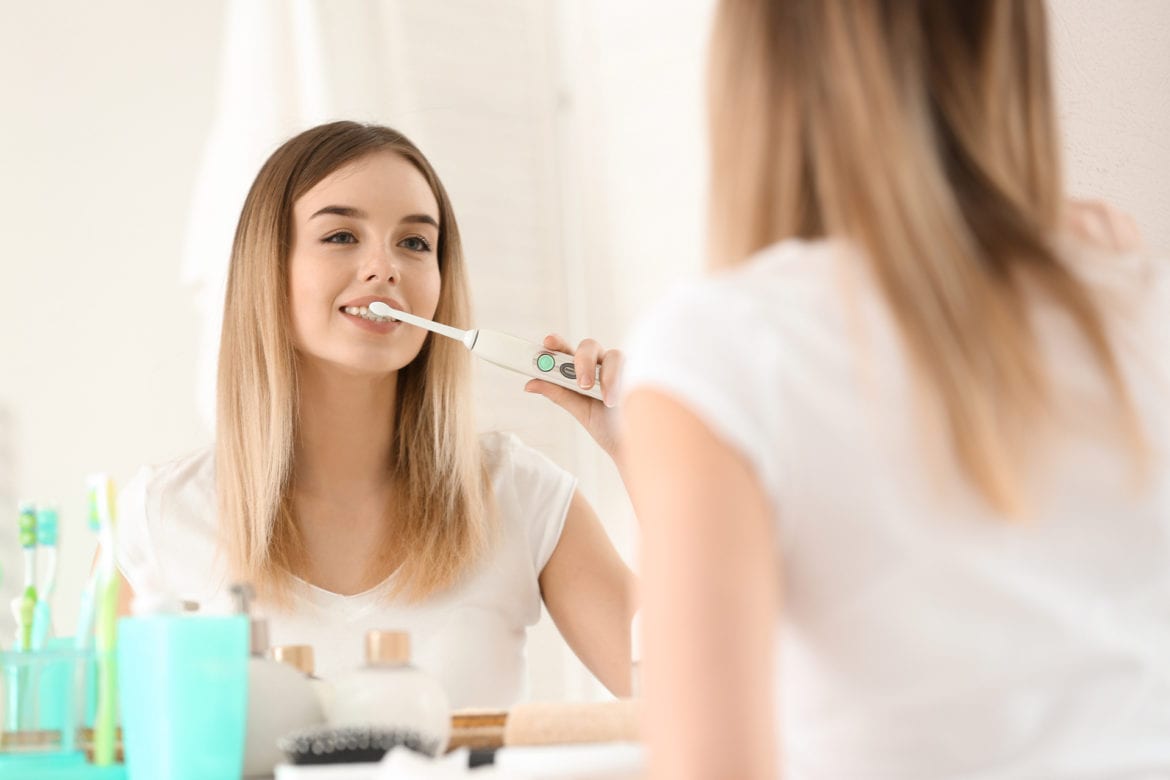Brushing your teeth maintains the health of your mouth and teeth, but in some situations the toothbrush can damage your teeth and harm you. An expert explains how to properly use a toothbrush, and when it must be discarded
Everyone knows how important brushing is for your whole body. It protects the teeth, oral cavity and even prevents certain diseases. But for brushing to do all this good it’s important to do it right – and most importantly to make sure your toothbrush does its job.
“Clinical studies show that a new toothbrush removes more plaque than a worn brush and works more effectively to keep the teeth clean and healthy,” explains Dr. Ariel Savyon, a dentist and director of the Savyon Medical Center clinic in Rishon Lezion.
The American Dental Association (ADA) recommends replacing a toothbrush once every three to four months, or earlier if the brush hairs have worn out or changed shape.
“The main reason for frequent replacement is that no matter what type of toothbrush it is, the fibers wear out and erode over time and lose their effectiveness,” explained Savyon. As a result, the quality of the brushing decreases and the gums can be damaged.
Don’t let your brush become a bacterial breeding ground
The fibers of most brushes don’t kill bacteria in the mouth and don’t protect against gum disease, so be sure to replace the brush regularly to enjoy maximum effectiveness and maintain a high level of hygiene.
“The human mouth is populated by a diverse ecological environment of microorganisms, and hundreds of different types of bacteria and fungi including harmful streptococcus bacteria, which are the cause of sore throats,” explained Savyon. “When the same toothbrush is used for a long time, it’s more likely to serve as a home for colonies of bacteria that can enter the body’s systems through the mouth and cause various diseases.
Sick? Have a cold? Replace your toothbrush
When you are sick, more bacteria enters your body which are also transferred to the toothbrush and remain and multiply in it, so it is very important to replace the brush immediately after you recover. Savyon says that “if you continue to use the same brush, it increases the chance to grow bacteria that can enter the oral cavity and cause a variety of problems such as gingivitis, receding gums, bad breath and more, so that every time we brush our teeth we endanger the health of our mouth and teeth.”
How to store a toothbrush to reduce the amount of bacteria
A toothbrush can become contaminated with the environment in which it is located, so bathrooms, where the toothbrushes are usually stored, provide fertile ground for coliform bacteria and e-coli.
It’s important to store the toothbrush in a vertical position for quick drying, and make sure it does not come in contact with other brushes. It is important to avoid covering the brush, as “this creates moisture traps and fertile ground for the rapid growth and spread of bacteria.”

